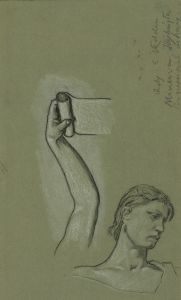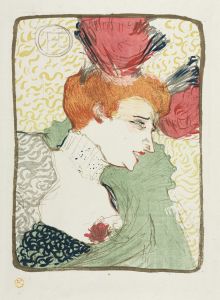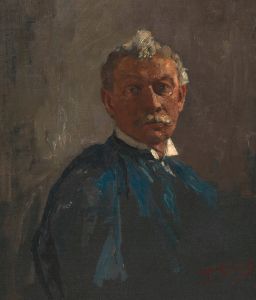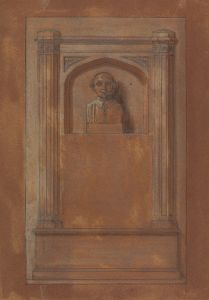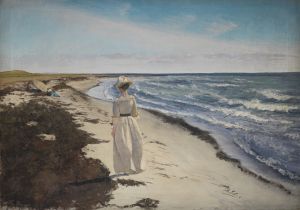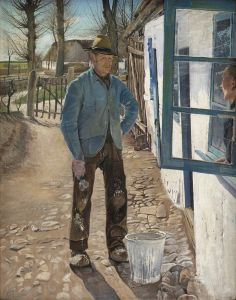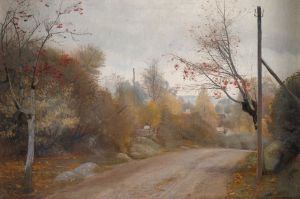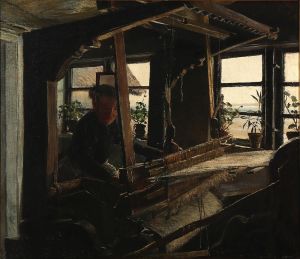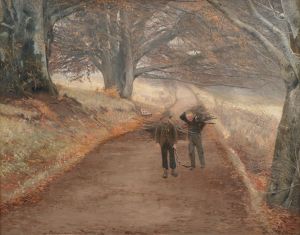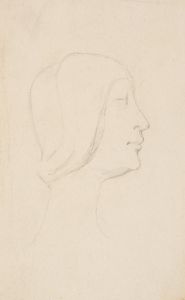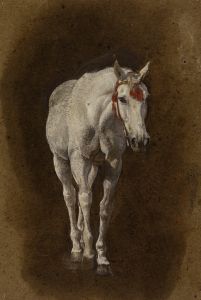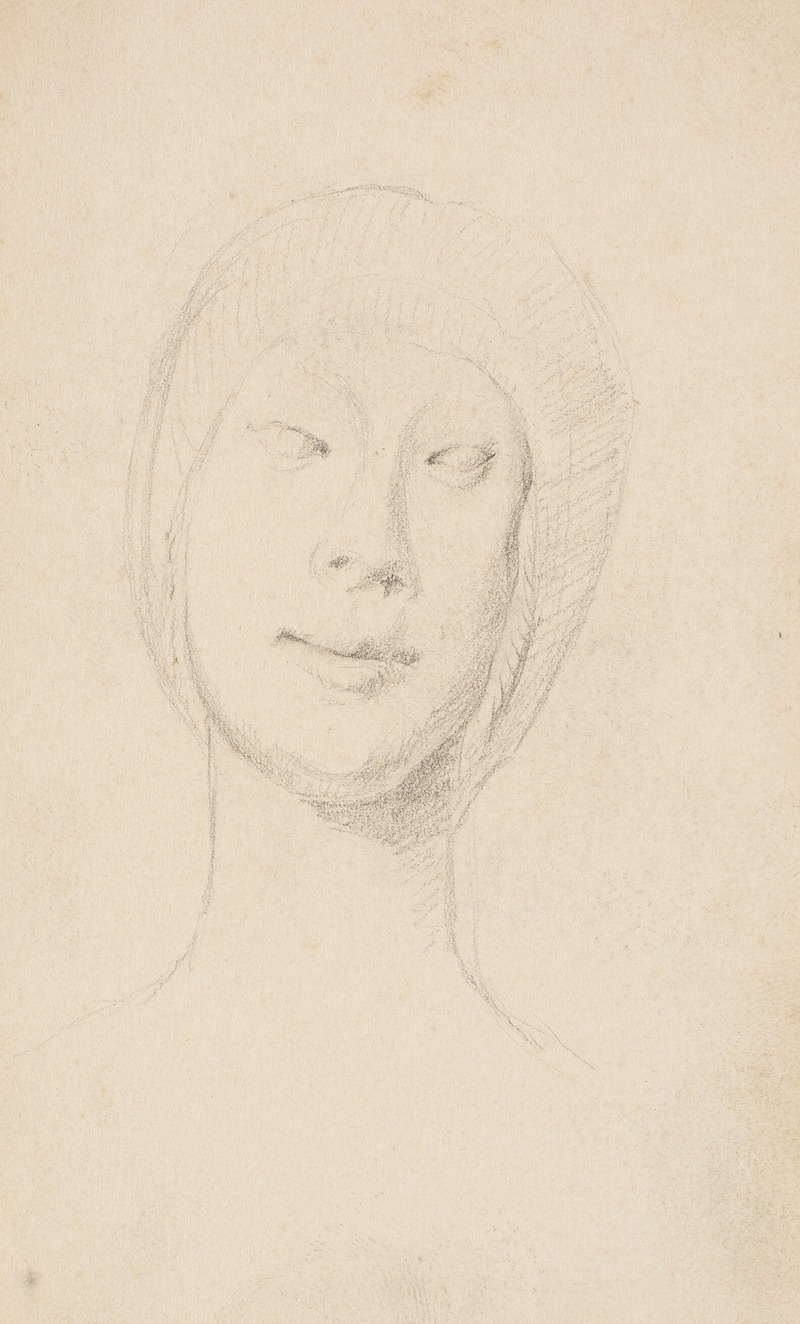
Studie efter Francesco Lauranas buste af Eleonora d’Aragona i museet i Palermo. En face
A hand-painted replica of Laurits Andersen Ring’s masterpiece Studie efter Francesco Lauranas buste af Eleonora d’Aragona i museet i Palermo. En face, meticulously crafted by professional artists to capture the true essence of the original. Each piece is created with museum-quality canvas and rare mineral pigments, carefully painted by experienced artists with delicate brushstrokes and rich, layered colors to perfectly recreate the texture of the original artwork. Unlike machine-printed reproductions, this hand-painted version brings the painting to life, infused with the artist’s emotions and skill in every stroke. Whether for personal collection or home decoration, it instantly elevates the artistic atmosphere of any space.
Laurits Andersen Ring, a prominent Danish painter associated with Symbolism and Social Realism, created the painting "Studie efter Francesco Lauranas buste af Eleonora d’Aragona i museet i Palermo. En face" during his artistic career. This work is a study after a bust by the Italian Renaissance sculptor Francesco Laurana, known for his refined and delicate portrayals of female figures. The bust in question is of Eleonora d’Aragona, a historical figure from the 15th century, and is housed in a museum in Palermo, Italy.
Ring's painting reflects his interest in capturing the essence of classical art through a modern lens. By choosing to study Laurana's bust, Ring engaged with the Renaissance tradition, which was characterized by a focus on humanism and the revival of classical antiquity. Laurana's bust of Eleonora d’Aragona is celebrated for its serene beauty and intricate detail, qualities that Ring sought to explore and reinterpret in his own work.
The painting is executed with a keen attention to detail, mirroring the precision found in Laurana's sculpture. Ring's approach to this study likely involved a careful examination of the bust's form, texture, and expression, translating these elements into his medium. His work often features a subdued palette and a contemplative mood, which may also be present in this study, aligning with his broader artistic style.
Ring's choice to focus on a bust of Eleonora d’Aragona is significant, as it reflects his interest in historical and cultural subjects. Eleonora was a notable figure in her time, being the daughter of Ferdinand I of Naples and the wife of Ercole I d'Este, Duke of Ferrara. Her life and status would have made her a subject of interest for artists like Laurana and, subsequently, Ring.
This painting is part of Ring's broader oeuvre, which frequently explores themes of identity, history, and the passage of time. His works often depict everyday scenes imbued with a sense of timelessness and introspection, qualities that may also be evident in this study. By engaging with Laurana's bust, Ring not only pays homage to the Renaissance master but also contributes to the ongoing dialogue between past and present in the art world.
Laurits Andersen Ring's study after Laurana's bust is a testament to his skill as a painter and his ability to bridge different artistic epochs. It exemplifies his dedication to understanding and reinterpreting classical forms through a contemporary perspective. While specific details about the painting's creation and reception may not be extensively documented, its existence highlights Ring's role in the broader context of art history, where the past continually informs and inspires the present.





